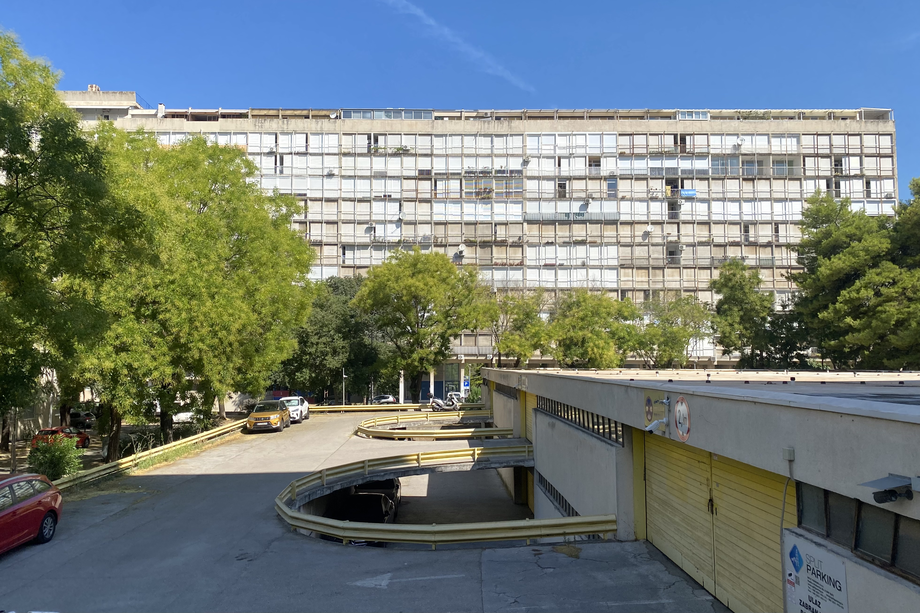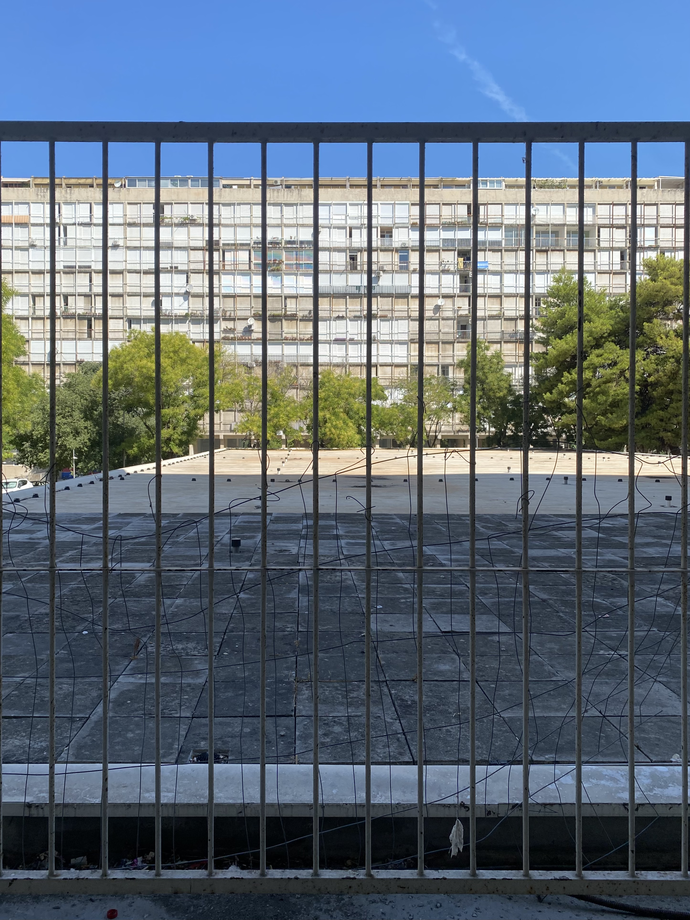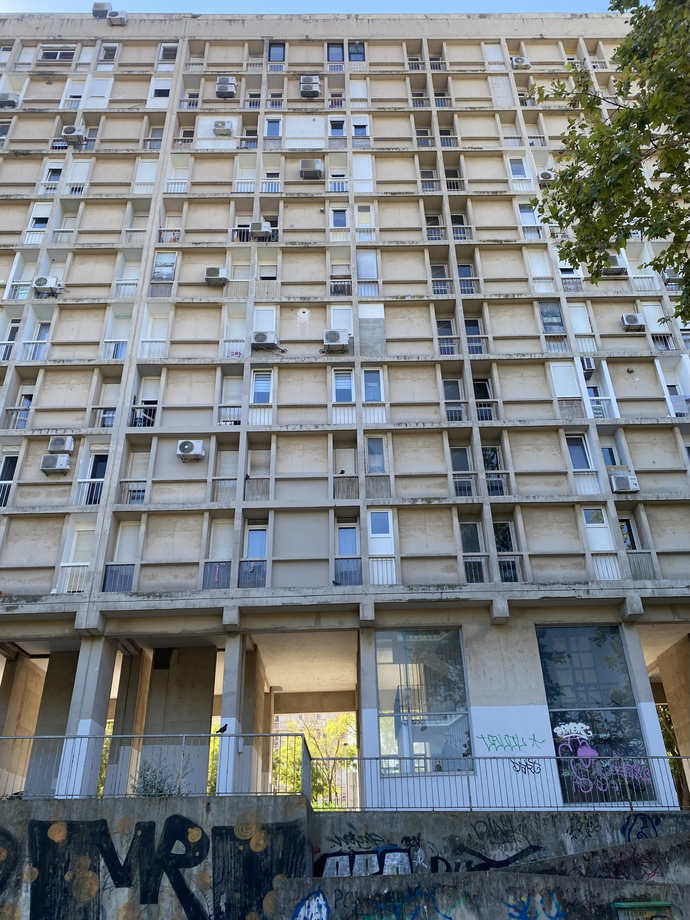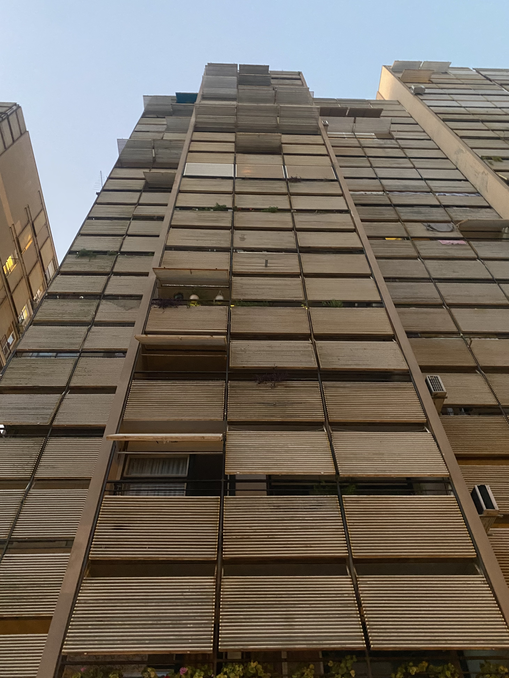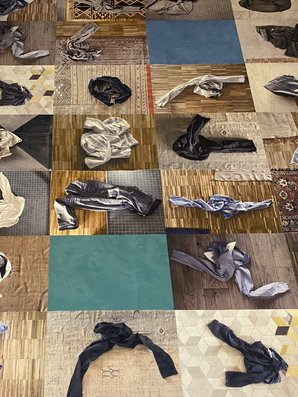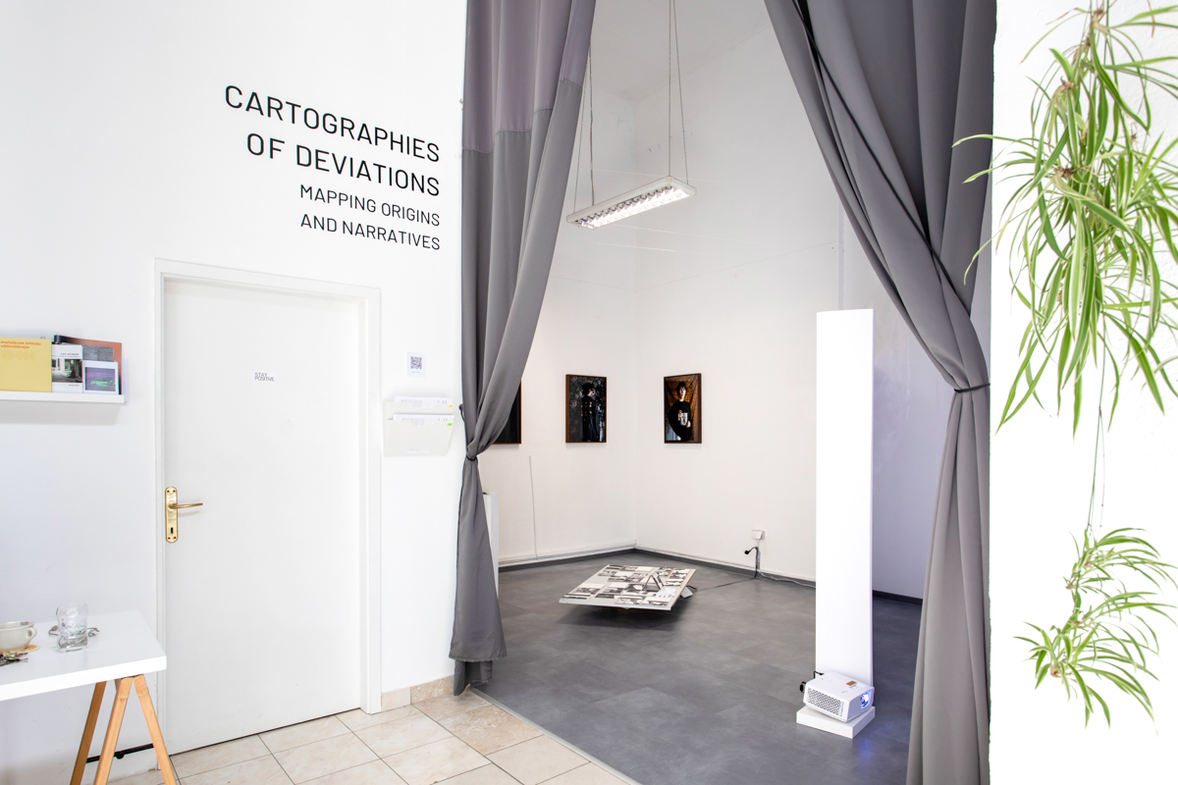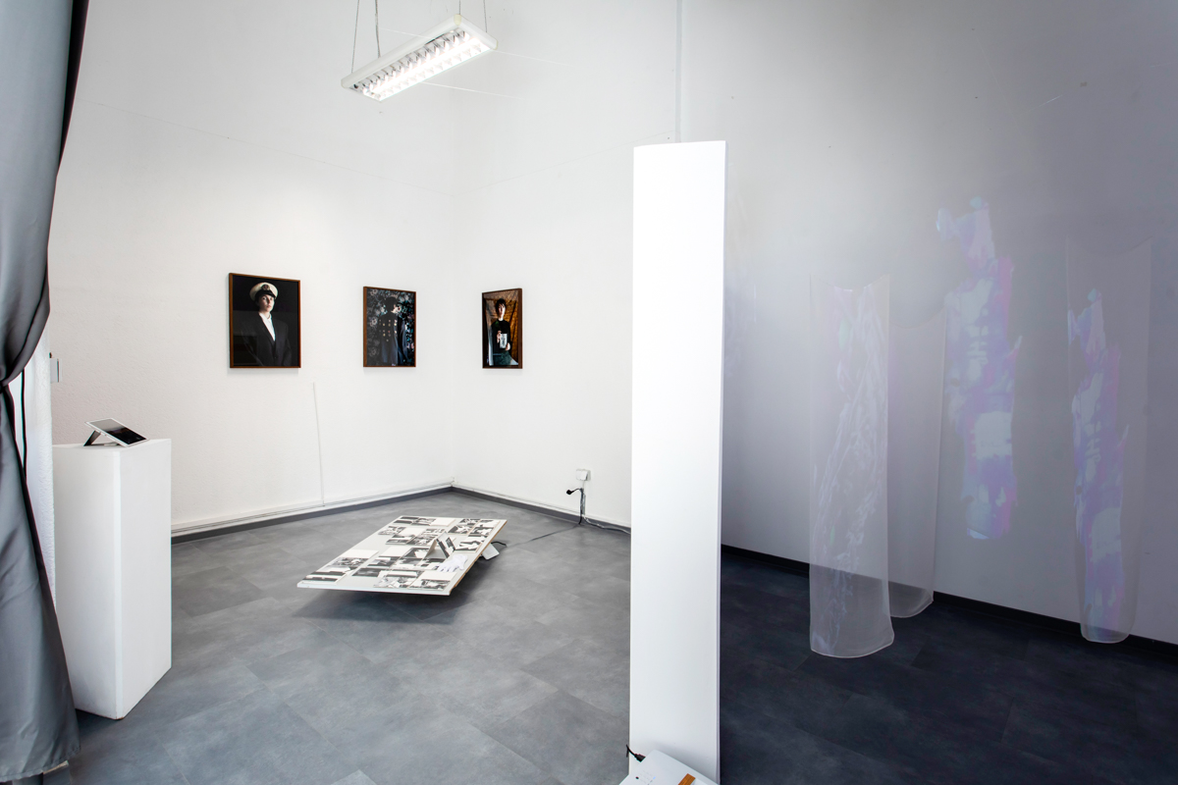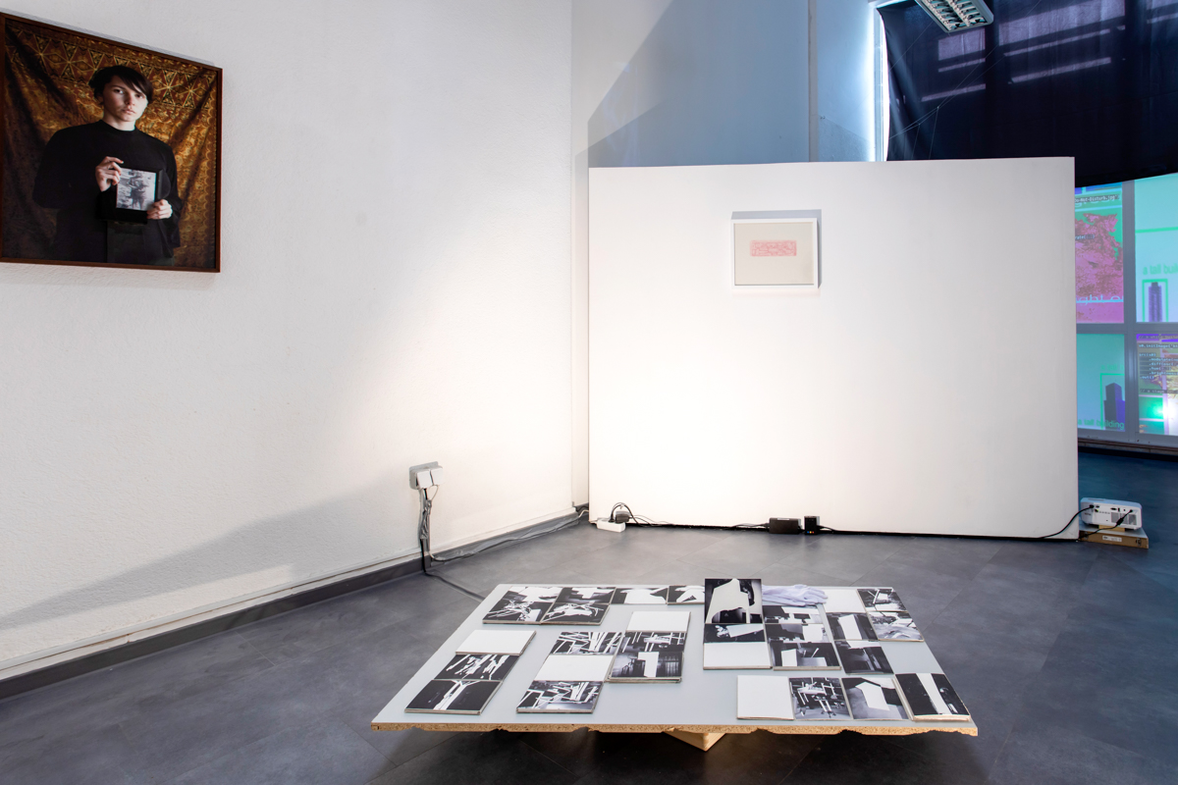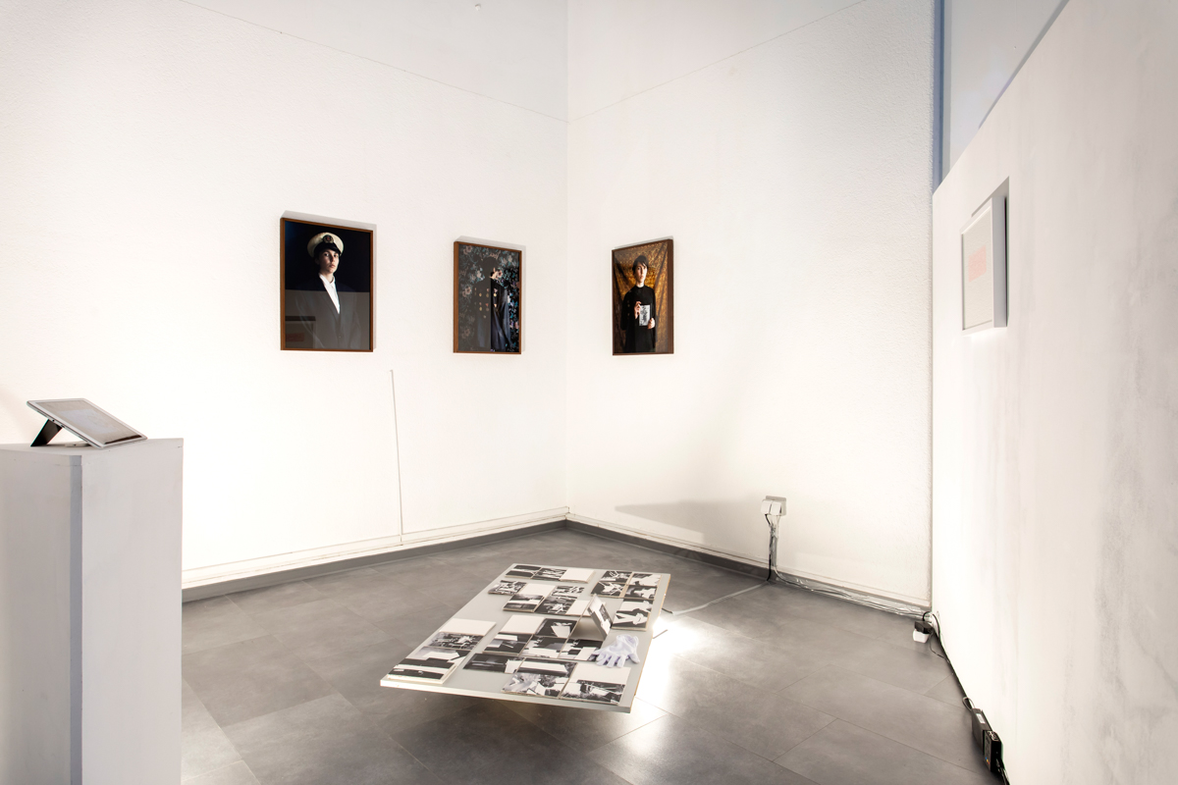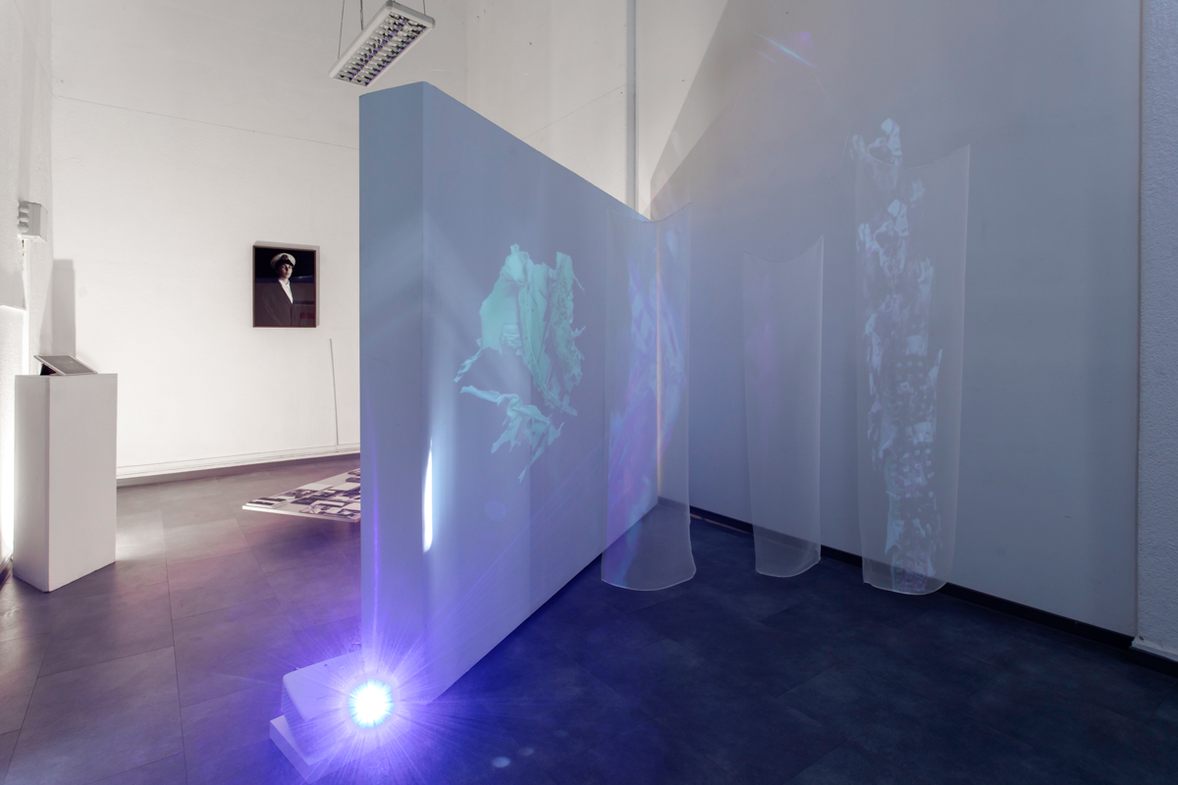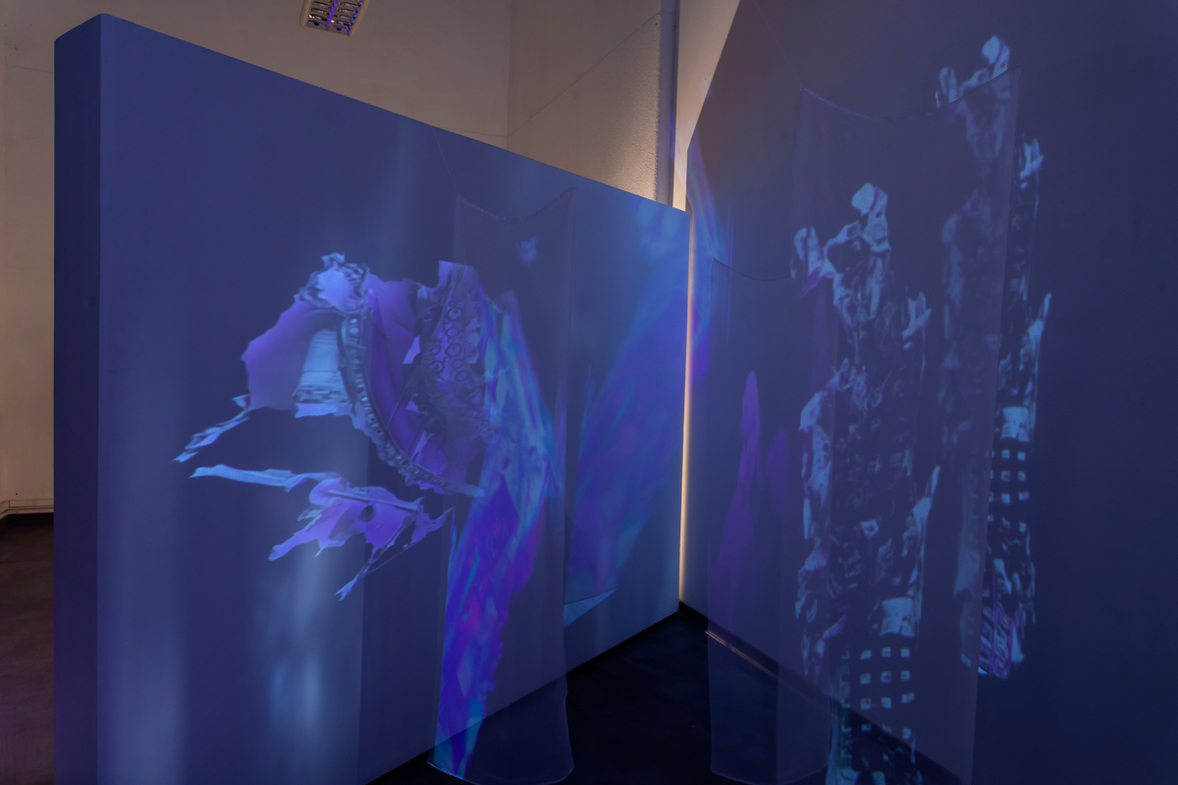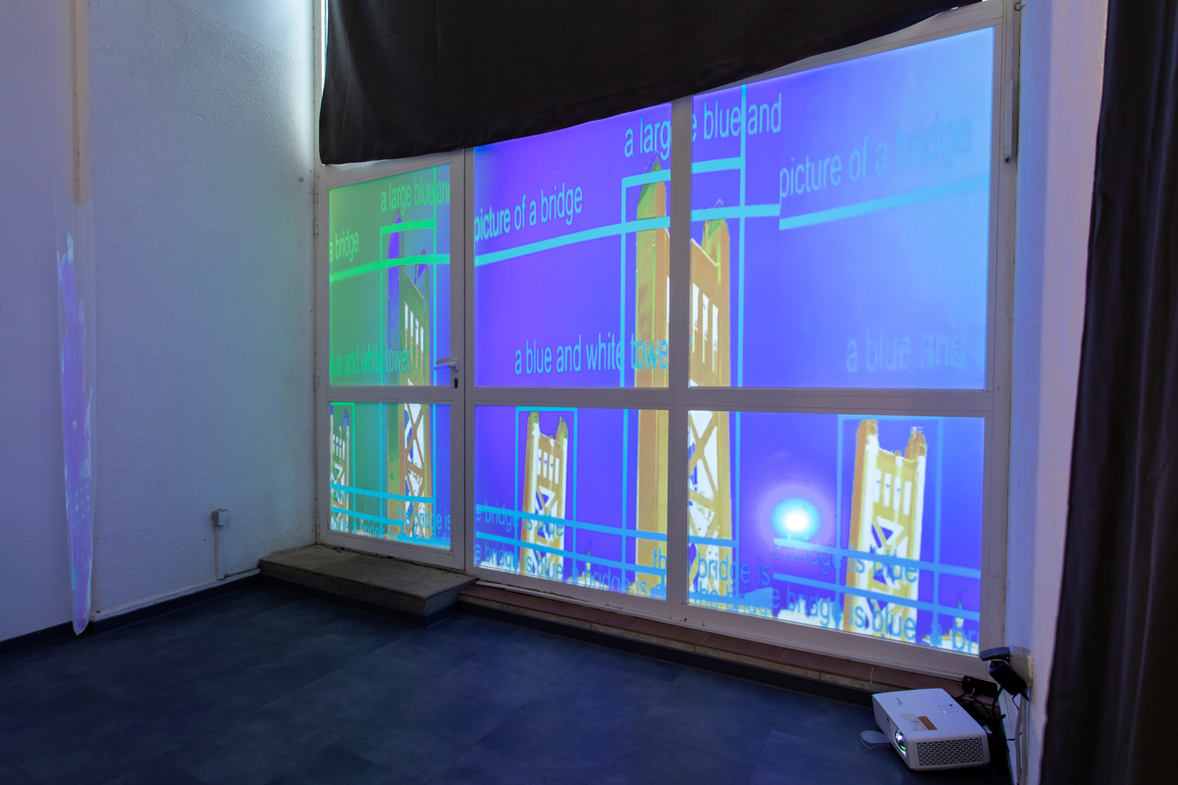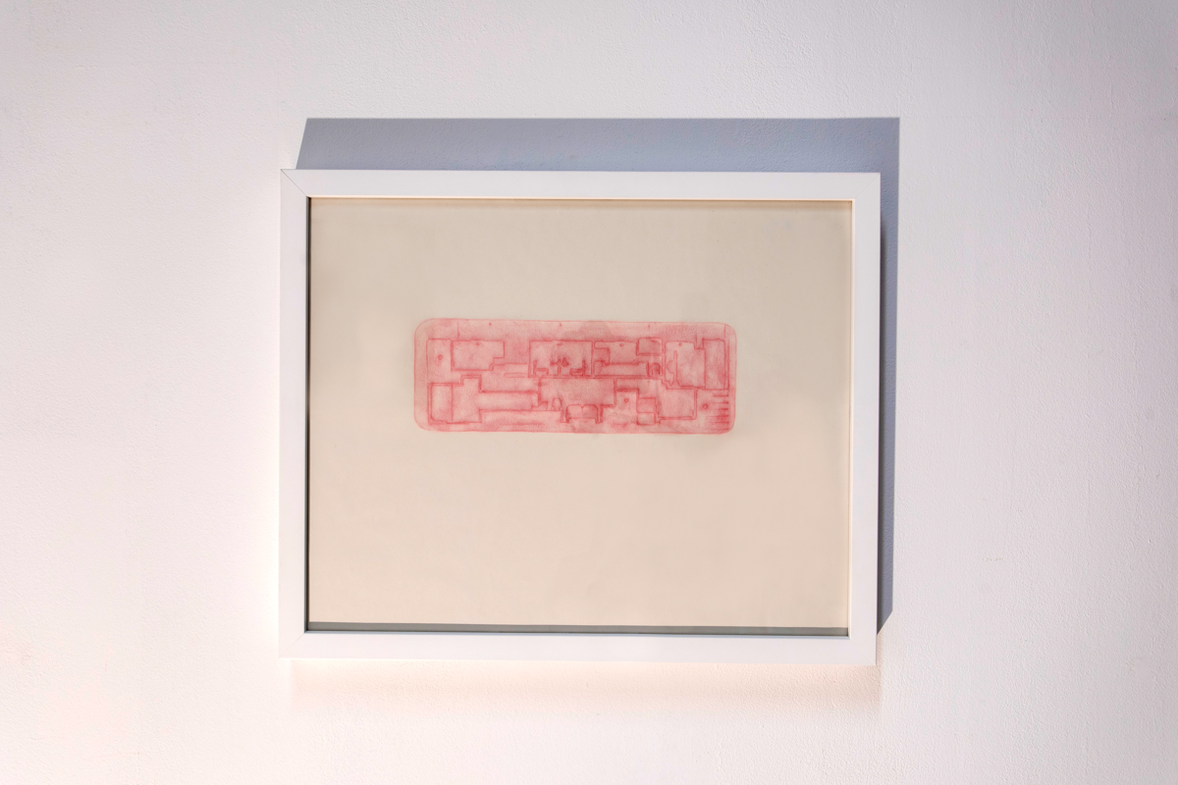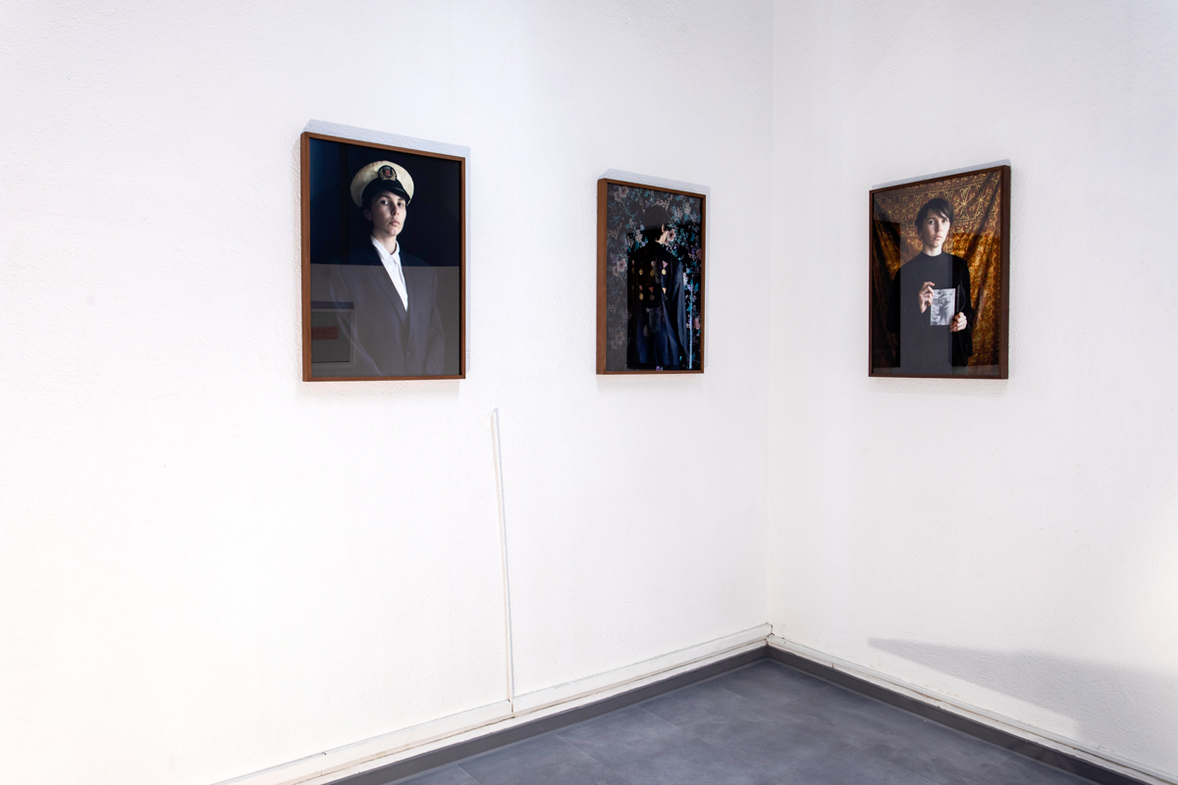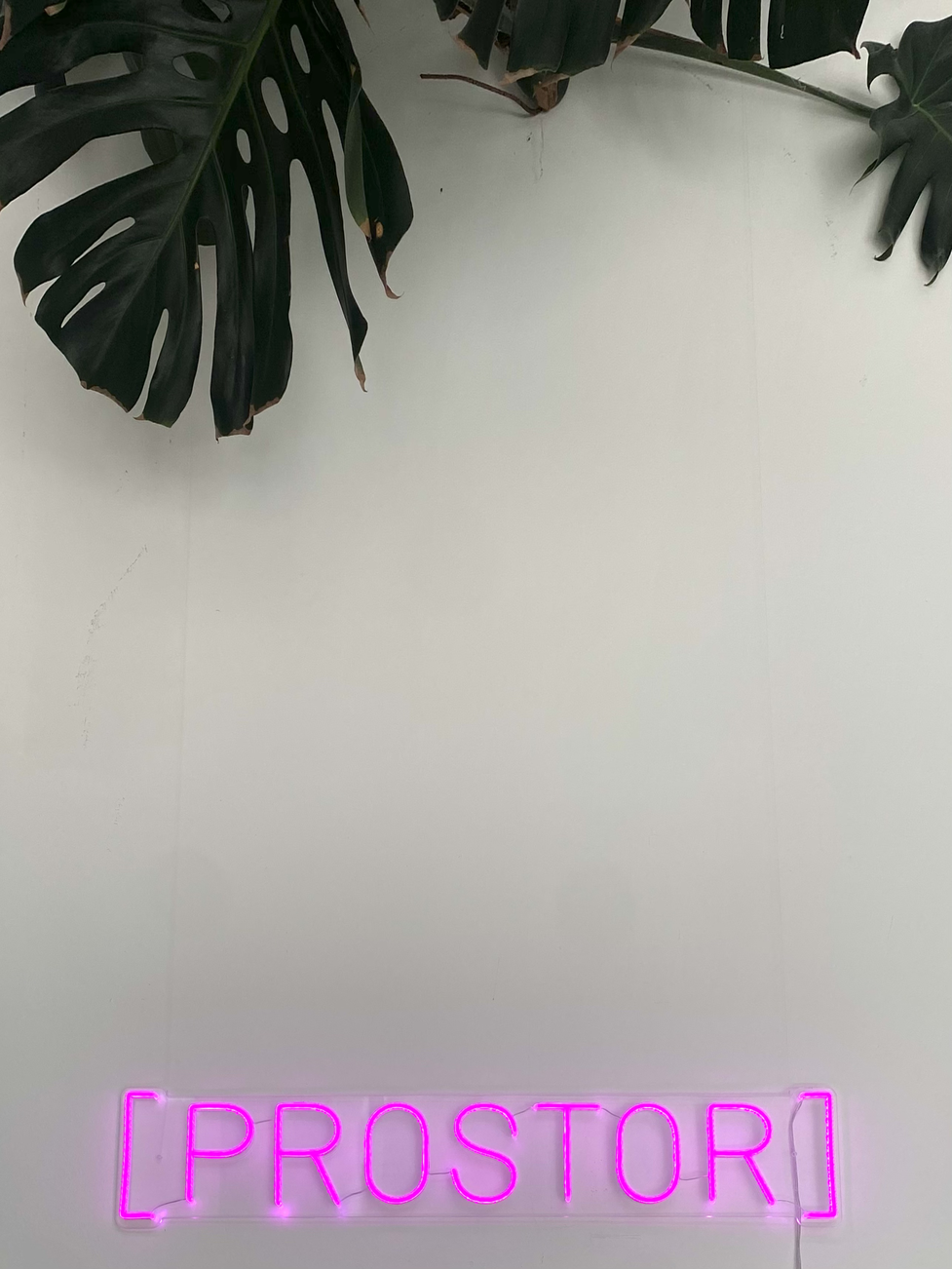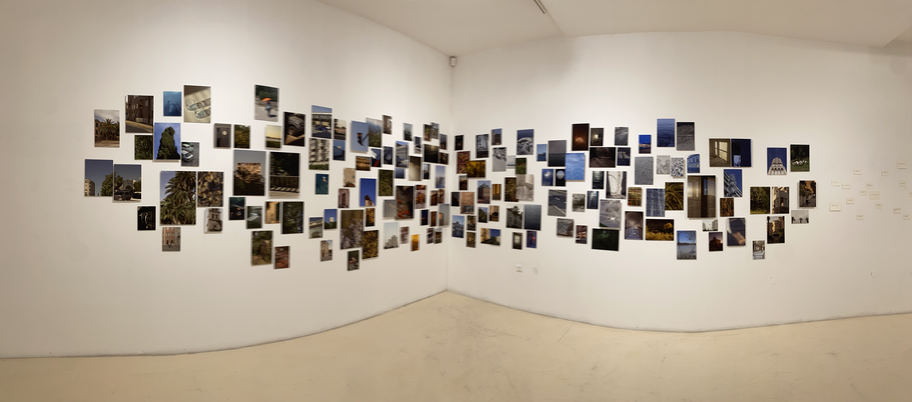The image sees what is missing.
The word names what was.
Behind the image is desire, it is the ghost of the day, it is the dream by night, it is the oracle in watchfulness.
Just as behind every human biography there is History, just as behind each person's name there is a past, so behind every word there is a loss.
Pascal Quignard
DIARY NOTES OF A CURATOR-IN-RESIDENCE
at Culture Hub Croatia [PROSTOR][1]
[1] Culture Hub Croatia (CHC) is a non-profit organisation officially founded in January 2017 in Split. CHC is using education, culture and creativity for development of local communities through transmission of knowledge and expertise and promotion of art practices. This is mainly achieved through establishing meaningful partnerships and collaborations at the national and international levels, actively addressing local challenges and using arts and culture as a tool.
Shaping the Concepts, Designing the Exhibition
The works of some of these artists began to shape the concepts under the theme “Deviations”. By understanding how their artistic practices were intertwined with issues such as mass tourism, housing crisis and the history of both the city and the country, certain key concepts emerged. These included ideas of the ‘stranger’, ‘multicultural emigration/monocultural tourism’, ‘home/hotel’, ‘History/stories’, and ‘global/local’. These concepts highlight the tension between the city’s past and future. On the surface, Split appears to be becoming increasingly global due to tourism, yet local narratives persist beneath the surface. Likewise, Croatia, a relatively new country born out of a recent and brutal conflict, is shaped by multiple, often conflicting narratives, resisting a sole, official History
Coming from Portugal, a country grappling with similar issues related to mass tourism and housing, I was immediately drawn to the idea of including an artist living and working there but born and raised in Brazil. This artist’s work, I felt, would resonate with the local artists’ explorations of home and identity. Izzy Benigno’s art engages with the narratives of her birthplace, mapping the places she inhabits, lives in, and passes through in Portugal. Her work forms a cohesive blend of digital and analog media, expressing the tension between old and new, past and present, material and virtual. It highlights the conflict we have with our stories, our homes, and the seemingly ordinary gestures and places that become the protagonists of our lives. These narratives, in turn, allow us to remember and retrieve the minor and local stories that help us understand our origins, echoing Walter Benjamin’s idea of “thinking the present and the future through an anachronic way of reading the past”. Through visual media, these stories become devices that extract the lost traces deep within our memory, prompting us to think, remember, reimagine, and recreate them.
During my residency, I encountered several artists whose work aligned with these ideas, including Glorija Lizde, Ana Vuko, Lana Lana Stojićević, Ivana Flip, Neli Ružić, Tanja Minarik. I was also introduced to the Croatian Association of Visual Arts’ online database (https://hulu-split.hr/artisti/), where I discovered the work of other artists, including Stella Mikulin. This rich diversity of artistic practices offered multiple lenses through which to explore these themes of origin and deviation.
Tanja Minarik's work explores AI-generated images, transforming them into video art, audiovisual performances, and immersive environments. For the exhibition, we selected the backstage elements of her work I Think It’s a Group of People Flying Kites in the Rain. The project uses machine-learning algorithms to process personal photographs, creating new visual compositions and narratives with new meanings and new interpretations. Tanja’s work reinterprets her own memories, which were once lost to time, by presenting them in a raw form of this previous work, an algorithmically generated form that blends text and image.
Lana Stojićević's performative and staged photography explores illegal construction, architectural and industrial heritage, and the effects of mass tourism on the landscape. For this exhibition, Lana created a piece titled Pocket Real Estate. The work revisits gender-connoted toys, like Barbie Houses and Polly Pockets, to critique the housing crisis that is robbing younger generations of the dreams once promised by childhood. Her architectural blueprint of one of these toys symbolizes the unattainable dream of homeownership in a world where, for the wealthy, real estate has become a new kind of adult toy.
Stella Mikulin, who works with photography, video, and painting, explores the theme of memory through influence of space and time. Her piece Archive of the Absent presents an intimate cartography of her family house, yard and garden. The installation invites viewers to interact with folded photographs displayed on a lowered table. Some parts remain concealed, to be unfolded and discovered by the viewer. Accompanied by a video of her artistic process, Stella’s work transforms personal images into negative spaces, symbolizing the absence and presence that define our memories of place and identity.
«My name is Rossana Mendes Fonseca, and I’m an artist, a curator and a researcher. My work and research focus on images, particularly the optical unconscious of the technical image — photography, video, and cinema — and how these reshape our perception and memory, offering us an alternative experience of time and revealing the discontinuity of reality.»
This is how I introduced the audio guide for the exhibition Cartographies of Deviations: Mapping Origins and Narratives, curated as a result of the Curator-in-Residence program at Culture Hub Croatia [PROSTOR], which opened on August 28th, 2024.
Curatorial Vision and the theme of "Deviations"
«As a curator, my primary goal is to foster a creative, dynamic, and diverse community. Over the years, my curatorial process has evolved into a distinct practice, where the selection of artists and works has become integral to my curatorial identity. At CRU creative hub — where I currently work as a curator — we open our doors to a wide spectrum of artists — from emerging talents and art students with robust portfolios to established artists exploring new media or divergent expressions. In our unique setting, devoid of the traditional white cube gallery, we embraced the challenge of transforming the spaces into compelling exhibition settings.»
During the Curator-in-Residence program at [PROSTOR], I engaged with the local art scene — meeting artists, galleries, and museums — while tuning into the region’s pressing social, political, and cultural concerns. I discovered similarities between Split and my hometown of Porto, such as issues of mass tourism, housing crisis, and tensions between history and local narratives. This led to the curation of Cartographies of Deviations: Mapping Origins and Narratives, featuring four Croatian artists and a Brazilian artist based in Portugal.
When we speak of origins, home, or heritage, we are not merely referring to fixed beginnings. Instead, we are referring to pivotal points from which our stories unfold, points to which we constantly return time and again in the present we inhabit. Throughout our lives, we encounter multiple origins, often holding answers to questions that exceed our personal history or identity. These origins become a wellspring from which memories, déjà-vus, and images emerge, shaping a fragmented yet continuous narrative that may not always be immediately decipherable but cultivates fertile ground for artistic exploration.
The Curator-in-Residence program proposed theme of “Deviations” led to an exploration of detours from our origins — whether tied to home, birthplace, or family. The artworks, while varied in their approaches, map memories through an anachronistic process that invokes the past to illuminate the present. In each piece, the image acts as a living memory device, guiding the artists back to their original points, whether that be home, heritage, or genealogy. They trace their steps, sometimes overlapping with those of their ancestors, uncovering childhood memories, local narratives, or places marked by loss and reinvention.
Cartographies of Deviations: Mapping Origins and Narratives, featuring Glorija Lizde, Lana Stojicevic, Izzy Benigno, Stela Mikulin and Tanja Minarik, ran from August 28th to September 20th, 2024, at Culture Hub Croatia [PROSTOR]. The exhibition explored the continuous yet fragmented narratives of origin and identity, addressing our complex relationship with memory, displacement, and belonging.
For a detailed audio guide of the exhibition, please visit:
Or, for further information:
https://www.chc-prostor.com/cartographies-of-deviations
In the following weeks, I gave a curator's talk and attended several gallery openings, including Lucija Bužančić’s “Vremenske crte” [Timelines] at Galerija MKC, located in Split's Youth Center, which I also explored for its cultural projects. I visited exhibitions at Gallery Loggia (Emanuela Santini’s “Unaprijed Poznato-Nepoznato” [Advaced Know-Unknown]), Galerija Kvart (Marin Renić “Stimulus”) and attended a guided tour at the Archeological Museum. One final opening I attended was Nika Pecarina’s “Zbogom Formi” [Goodbye Form], at Galerija MKC.
Within two weeks, the exhibition’s title and selection of artists and works were clear. Cartographies of Deviations: Mapping Origins and Narratives would feature four Croatian artists and one Brazilian artist living in Portugal, each examining deviations from their origins, whether through home, heritage, or identity
Glorija Lizdze, a young photographer, investigates her genealogy, by delving into the stories of her ancestors while problematizing photography as a historical and sometimes repressive tool. Her piece Untitled (Fearless youth) consists of three self-portraits that form part of a broader series. The series explores her grandfather’s unpublished autobiography, which recounts his upbringing in a Muslim village in Bosnia and Herzegovina, his experiences in the army, and his father’s experience in the First World War, while also reflecting on her father’s military involvement in the Yugoslav war. Through this personal history, Glorija questions the role of photography in conveying both biological data and sociopolitical narratives.
Izzy Benigno's Below the Ground, Only My Body Exists, presents an interplay between nature and urbanization, inspired by the Brazilian myth of Cobra Grande — a giant serpent symbolizing the hidden force of nature beneath the urban environment. Her work reimagines a street in Aveiro, Portugal, where she currently lives, and links it to her birthplace, creating a hybrid space of migration and history. The artwork is a metaphorical reflection of transformation, displacement, and the tension between urban life and the myths of her homeland.
Arrival in Split and Exploring the Local Arte Scene
I arrived in Split on August 5th, after a long journey involving various flights and airports. The city initially seemed quiet — or so I thought. It was Victory and Homeland Thanksgiving Day, a national holiday commemorating Croatia’s War of Independence, a complex conflict between two former Yugoslav states, Croatia and Serbia. [PROSTOR], where I would spend my days, is located in Spinut, a more residential area away from the bustling city center. Only when I later crossed into the heart of the city, with its Roman walls and tourist hotspots, did I fully grasp the historical and local significance of the concepts that would shape my residency.
In my first week, I was introduced to [PROSTOR] and its creative community. Jasmina Sarić, the curator and art director, gave me a tour of the hub, its gallery, and the current exhibition. She also provided access to the hub’s publications, offering me insight into the artists who have collaborated with them over the years.
Following Verica Kovacevska’s walking project “Filling the Void”, a product of her residency at [PROSTOR], I explored Frano Gotovac’s modernist buildings from the 1970s in Split. I turned the pages of Lili Zaneta's “It's a Small Day” artist book, whose exhibition I would see, I went to the swimming pool photographed by Ana Vuko, my interest was piqued by Lana Stojićević's architectural models, I participated in a ‘more-than-human’ session with Ivana Flip, and discussed with Mihael Frančić his new art project.
I also attended gallery openings, including Monica Bonvicini’s "Breach of Decor " at Galerija Kula, Lili Zaneta’s “It's a Small Day” and Ben Cain’s “Na rubu rada” [On the Edge of Work] exhibits at Galerija Umjetnina [Fine Arts Gallery], and Ines Matijević Cakić’s “Kuca Bez Temelja” [House Without Foundation]) at Salon Galić.
